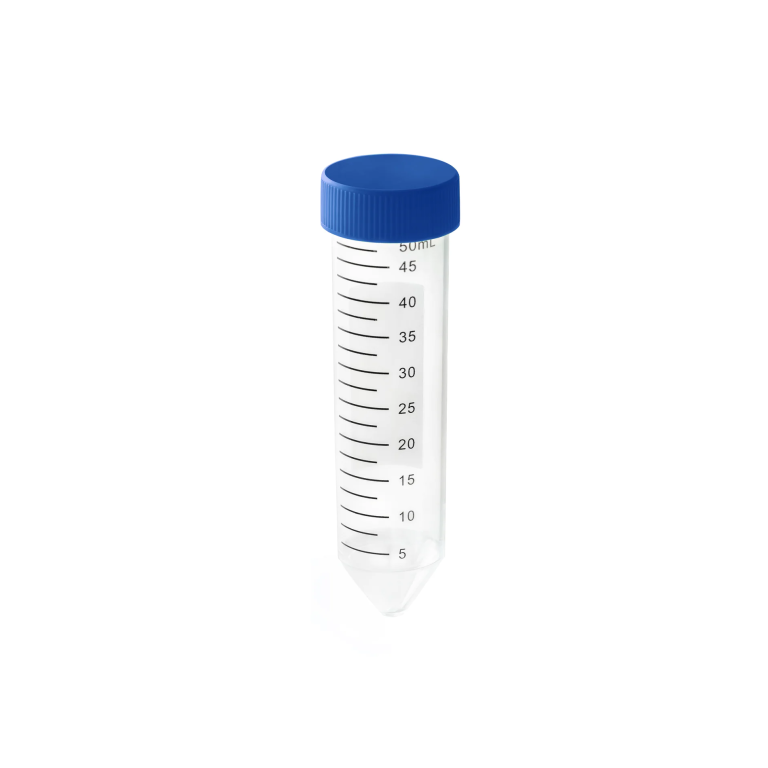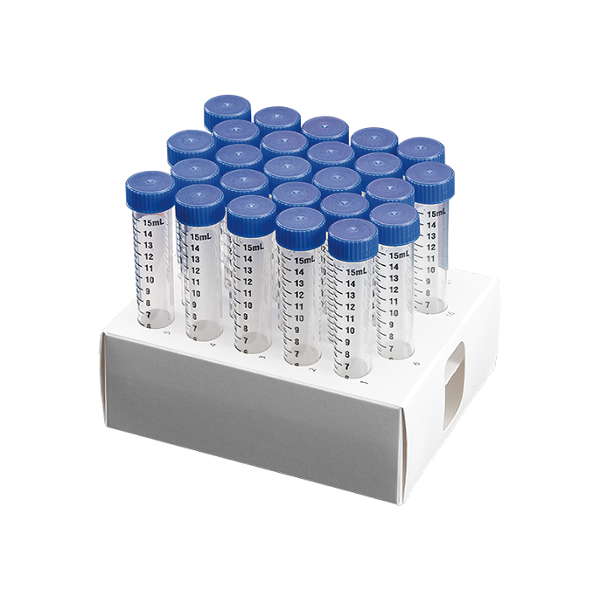Robotic tips improve precision in robotic systems through several key factors that enhance the accuracy and repeatability of tasks. These tips are designed with advanced engineering and materials to ensure precise movements, handling, and manipulation, making them essential in automation. Here’s how they contribute to precision:
### 1. **Design for Specialized Tasks**
– **Custom Shapes and Sizes:** Robotic tips are designed to fit specific tasks, such as gripping, pipetting, or cutting, which reduces error and enhances task accuracy. Their precise design allows robots to manipulate objects or substances in a controlled, predictable manner.
– **Micro-scale Accuracy:** In applications like pipetting or medical procedures, robotic tips are engineered for micro-level precision, ensuring accurate measurements and movements on a very small scale, crucial in laboratory settings and surgeries.
### 2. **Material Selection for Precision Handling**
– **Low Friction and High Durability:** Many robotic tips are made from materials such as stainless steel, ceramics, or high-grade plastics that minimize friction and wear. This helps maintain consistent precision over time, even in repetitive tasks.
– **Flexibility and Strength:** For delicate tasks (e.g., handling soft tissues in robotic surgery or transferring liquids), robotic tips are often made from materials with the right balance of flexibility and strength to avoid damaging sensitive materials.
### 3. **Enhanced Control with Sensors**
– **Integrated Sensors:** Robotic tips often feature embedded sensors that provide real-time feedback to the system, allowing precise adjustments based on environmental conditions, object weight, or resistance. This feedback loop ensures high accuracy in force, speed, and movement.
– **Tactile Feedback:** Advanced robotic systems use tips with tactile sensors that measure contact and force, enabling the robot to handle fragile or irregular objects without causing damage, improving precision in tasks like assembly or surgery.
### 4. **Repeatability in High-Throughput Systems**
– **Consistent Operation:** Robotic tips are engineered to perform the same action repeatedly with minimal deviation, a key requirement in high-throughput systems like pharmaceutical testing or assembly lines. Their precise engineering ensures that each action, such as liquid dispensing or part handling, is consistently accurate.
– **Calibration:** Robotic tips are often precisely calibrated to ensure that they align perfectly with the robotic system’s movement protocols, reducing errors caused by misalignment or incorrect angles.
### 5. **Reduction in Human Error**
– **Automated Control:** By using robotic tips in automated systems, tasks that would otherwise rely on manual precision (such as pipetting or assembling small components) can be carried out with far greater accuracy. Automation reduces variability introduced by human fatigue or inconsistencies.
– **Programmable Precision:** Robotic systems with specialized tips can be programmed to follow exact paths, angles, and force thresholds, ensuring high-precision operations that are difficult to achieve manually.
### 6. **Improved Dexterity and Fine Motor Control**
– **Miniaturized Tips:** In delicate operations, such as robotic surgery or microelectronics assembly, miniaturized robotic tips provide the fine motor control needed for tasks that require extreme precision, such as threading a needle or handling microscopic components.
– **Multifunctional Capabilities:** Some robotic tips are capable of performing multiple tasks, such as grasping, rotating, or dispensing, with precision. This reduces the need for tool changes and enhances the system’s efficiency while maintaining accuracy.
### 7. **Precision in Fluid and Material Dispensing**
– **Accurate Volume Dispensing:** In applications like laboratory automation, robotic tips dispense exact volumes of liquids or chemicals, ensuring precise measurements. This is critical in processes like drug formulation or chemical synthesis, where even slight deviations can affect results.
– **Consistency in Repetitive Actions:** Whether it’s delivering precise amounts of fluids or placing small parts, robotic tips ensure that each action is identical to the previous one, eliminating variability in processes.
### 8. **Error Detection and Correction**
– **Real-time Monitoring:** Robotic tips equipped with sensors can detect errors or deviations during the task and automatically adjust their movement or force. For example, in assembly lines, if the tip detects misalignment, it can correct the placement before completing the task.
– **Closed-loop Systems:** Many robotic systems with advanced tips use closed-loop control, where the system constantly adjusts its actions based on real-time feedback, ensuring that every step of the process is performed accurately.
### 9. **Specialized Coatings for Precise Handling**
– **Non-stick or Conductive Coatings:** Depending on the application, robotic tips can have specialized coatings, such as non-stick materials for handling adhesives or conductive coatings for tasks in electronics manufacturing, ensuring that materials are handled cleanly and accurately.
– **Antimicrobial Coatings:** In medical and lab applications, robotic tips with antimicrobial coatings help maintain sterile environments and prevent contamination, critical for precise work in biological fields.
—
Summary of Precision-Enhancing Features:
| Feature | How It Improves Precision |
| **Custom Shapes and Sizes** | Tailored for task-specific accuracy |
| **Low Friction Materials** | Ensures smooth, consistent movements |
| **Integrated Sensors** | Provides real-time feedback and adjustments |
| **High Repeatability** | Ensures consistent performance in high-volume tasks |
| **Miniaturized Design** | Allows for fine motor control in delicate operations |
| **Automated and Programmable** | Reduces human error and variability |
| **Accurate Dispensing** | Ensures precise fluid or material delivery |
| **Error Detection Systems** | Automatically corrects deviations during operation |
| **Specialized Coatings** | Enhances handling of specific materials or environments |
In conclusion, robotic tips significantly enhance precision in robotic systems by offering tailored designs, advanced materials, real-time feedback, and error-correcting capabilities. These factors work together to ensure that automated systems can perform tasks with high accuracy, consistency, and efficiency across a range of applications.


